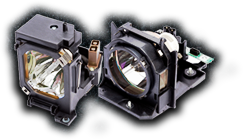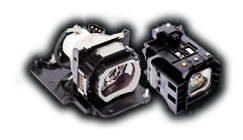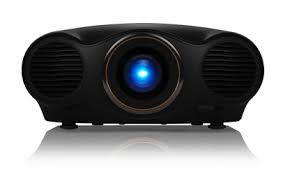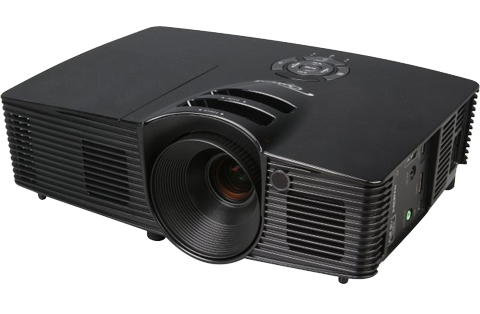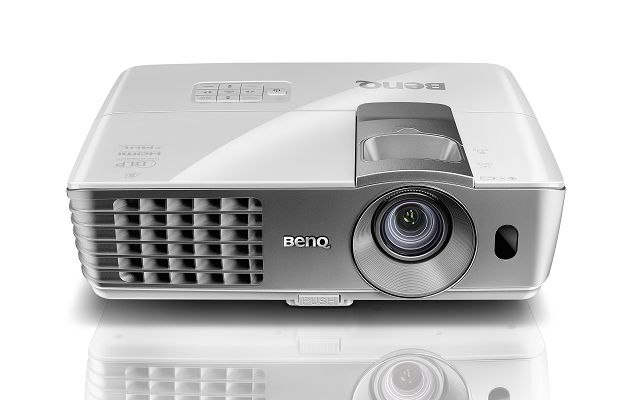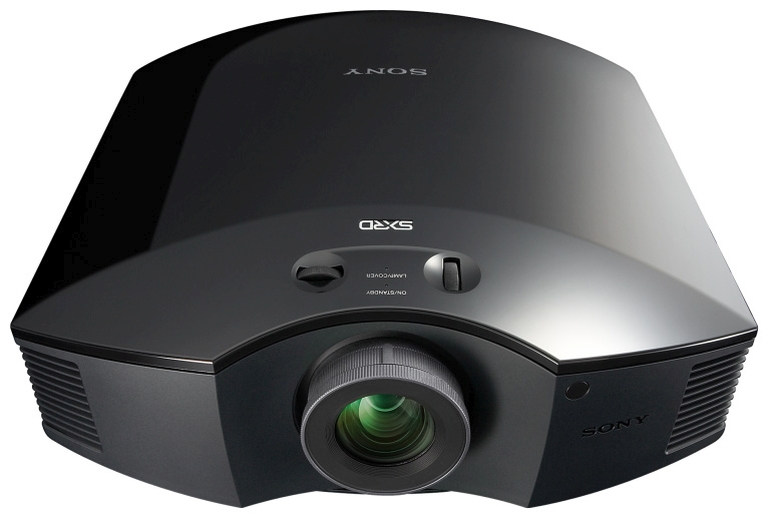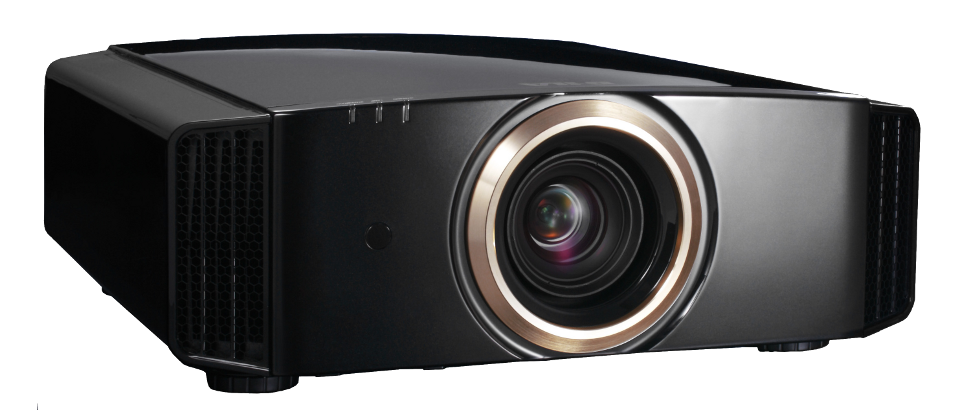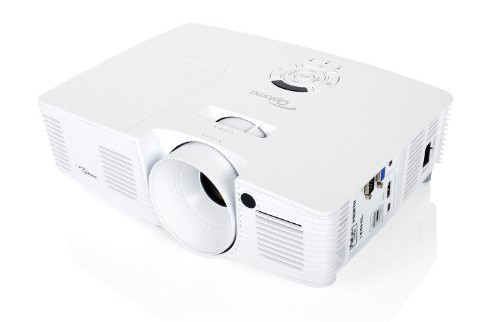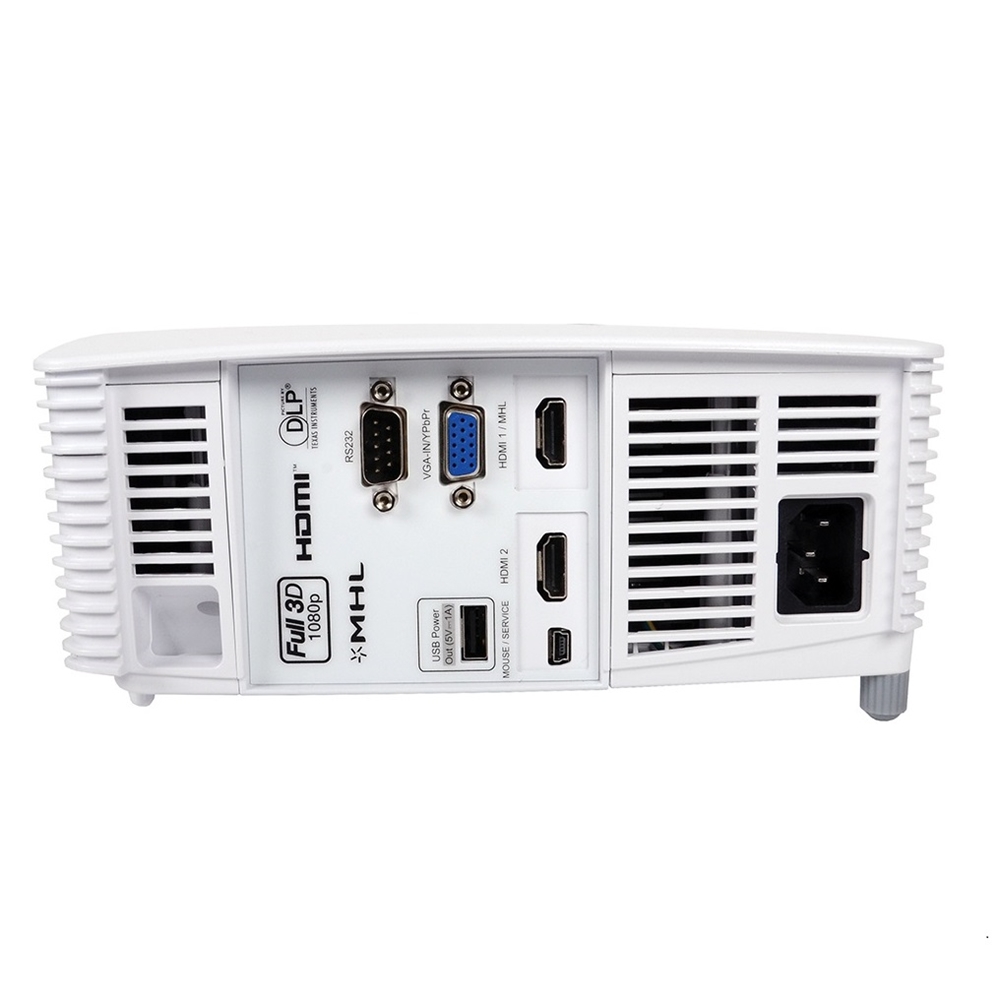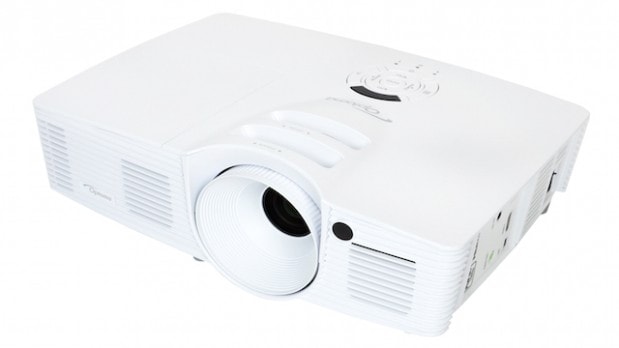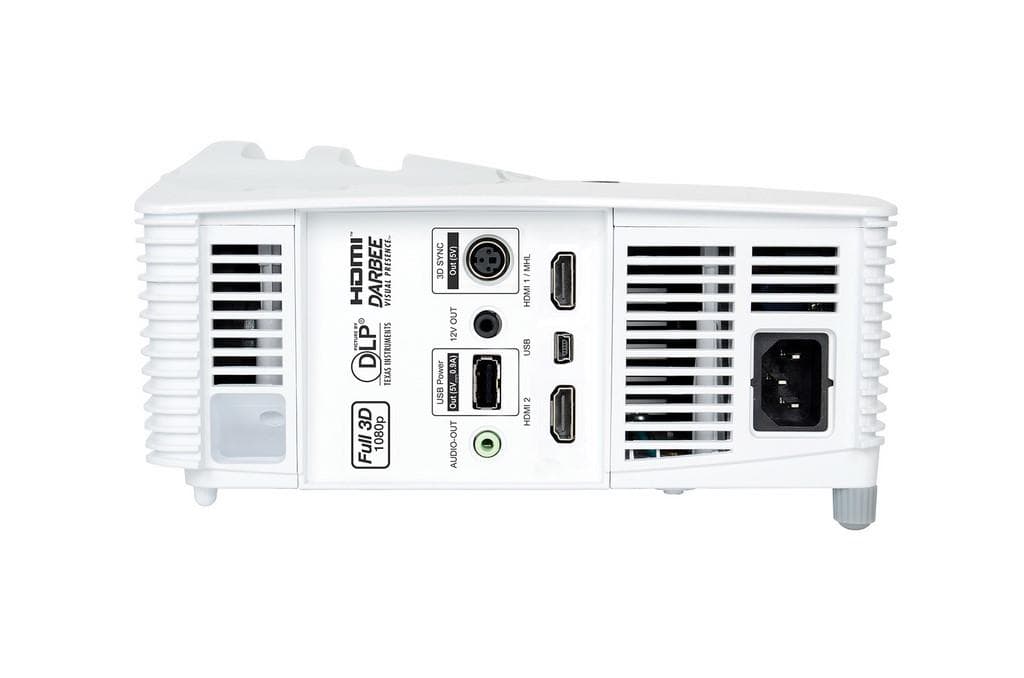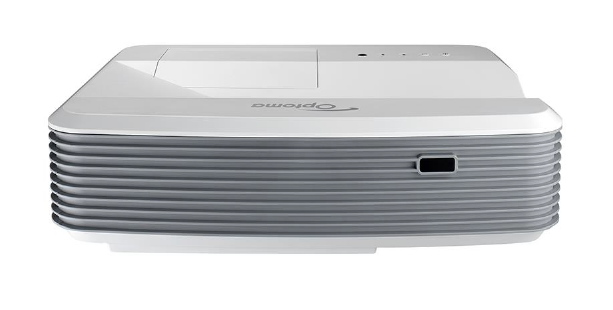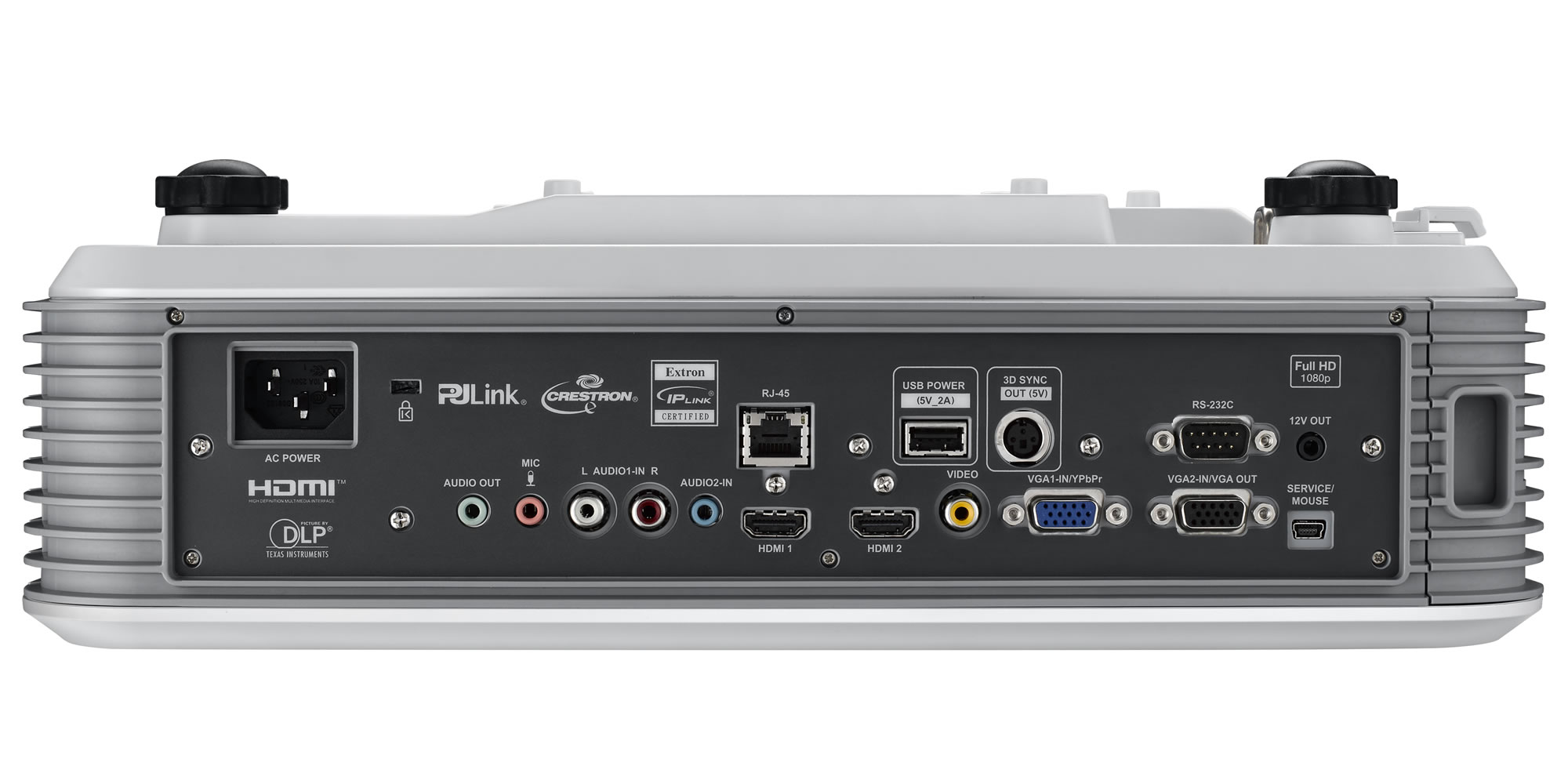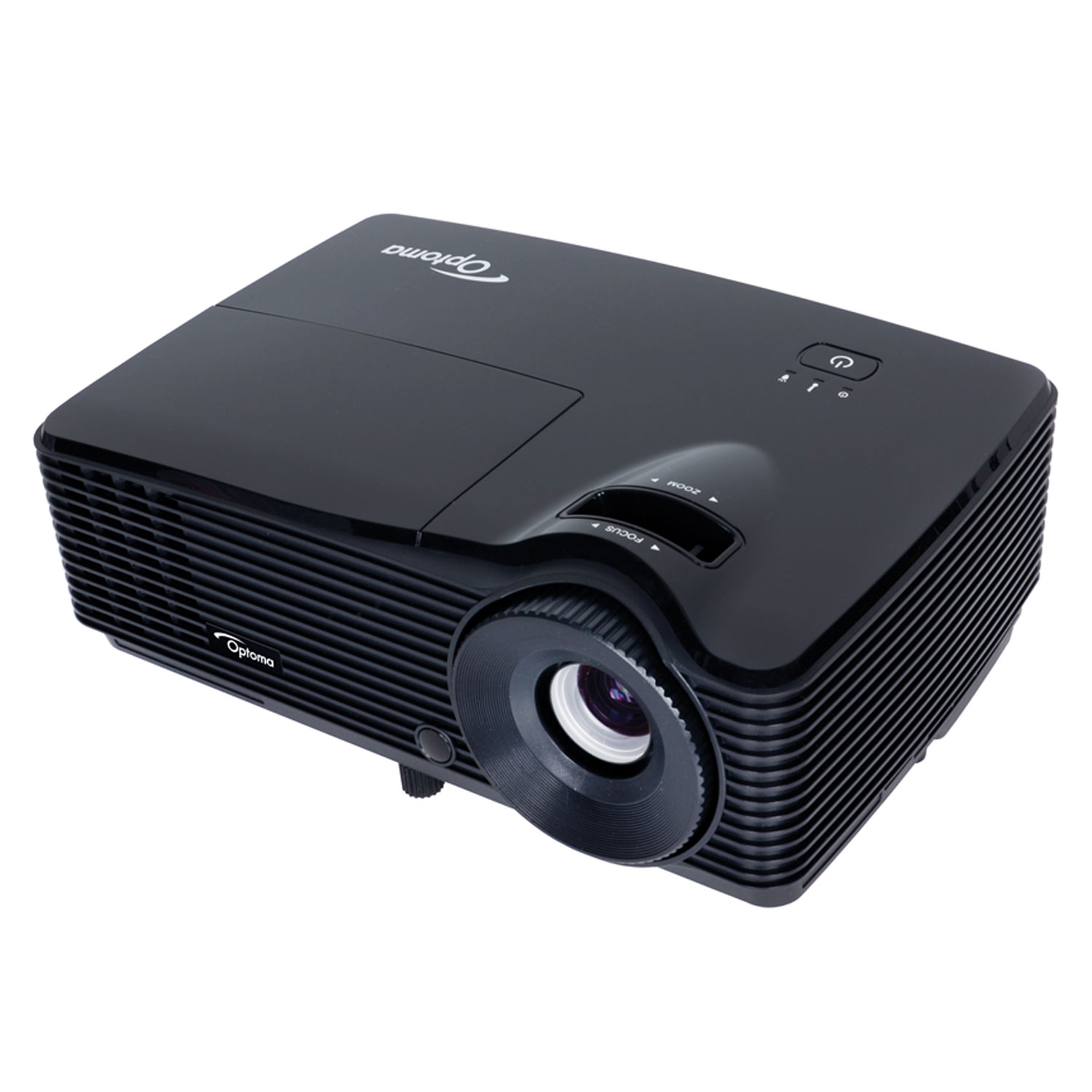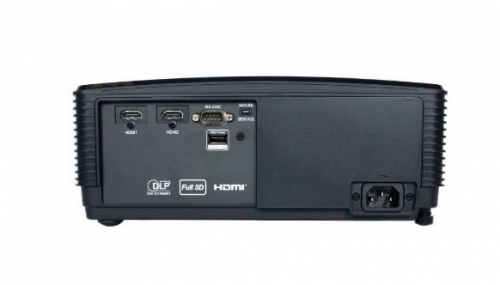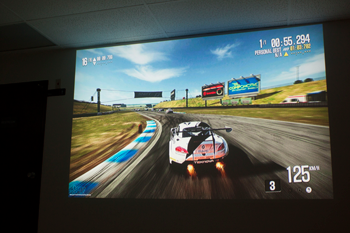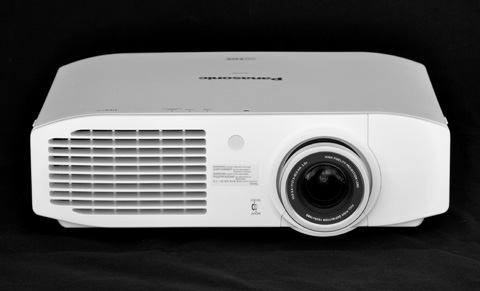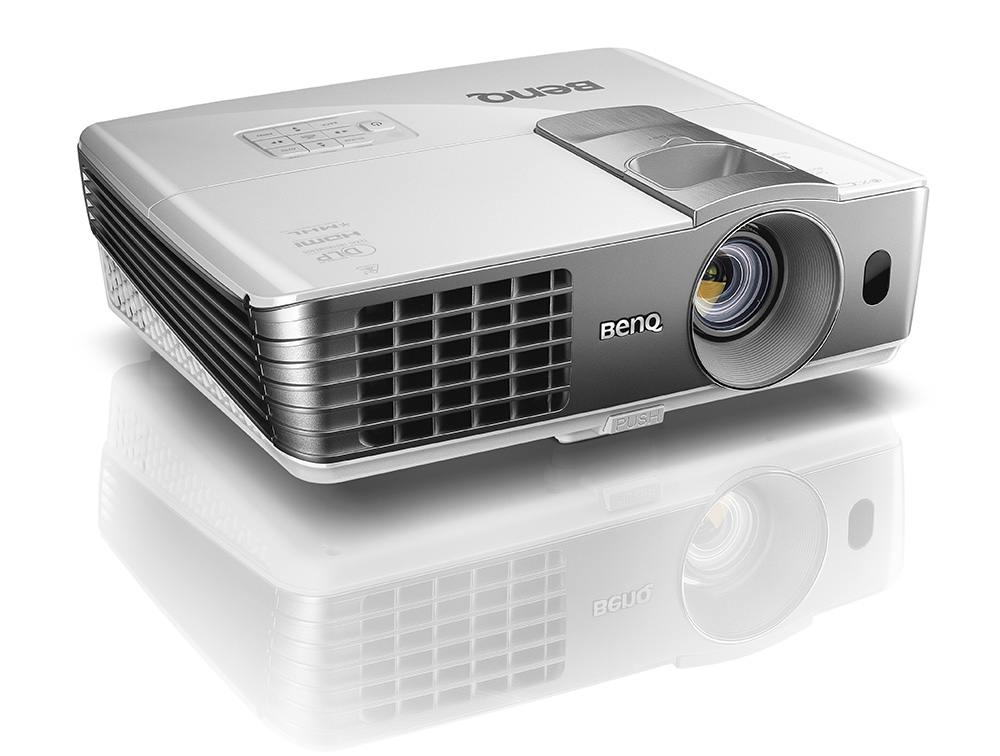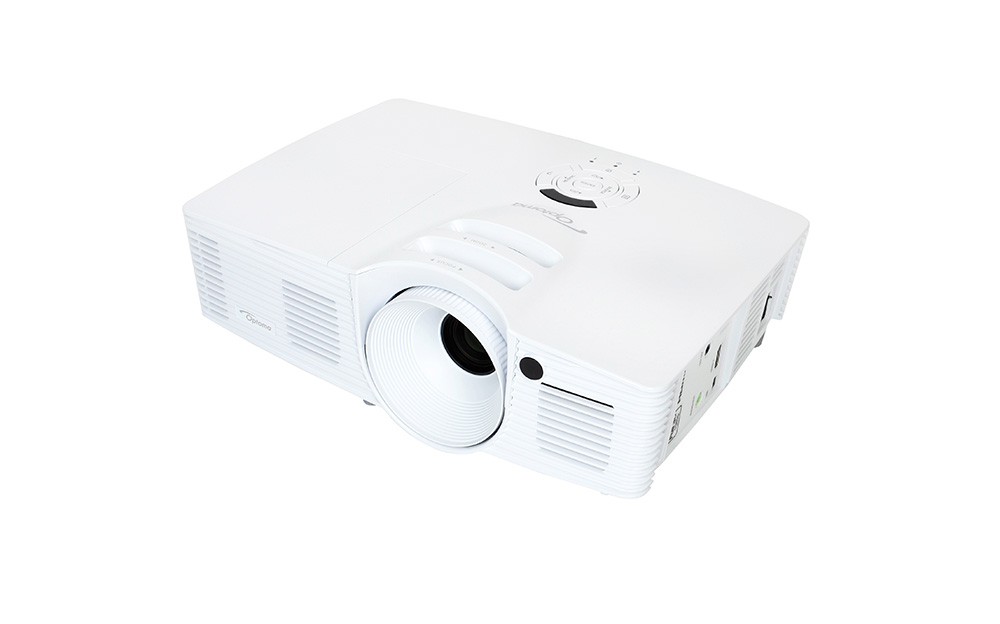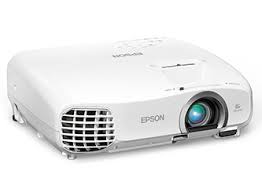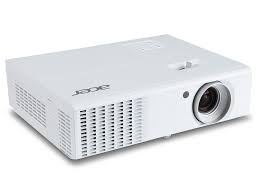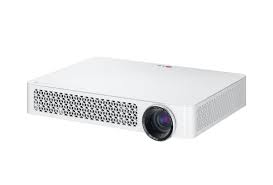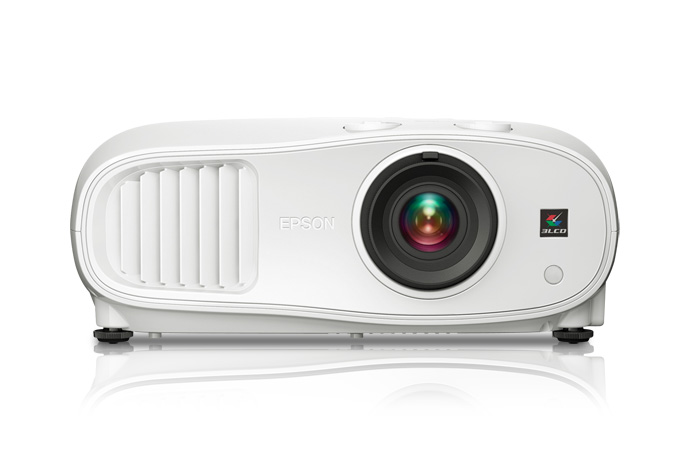This year, the Optoma HD26 earned high marks in the highly-competitive sub-$1,000 Full HD projector market. And it might be one of the most competitively priced models on the market, running right around $575. But even with such a great price, the projector does a number of things particularly well.
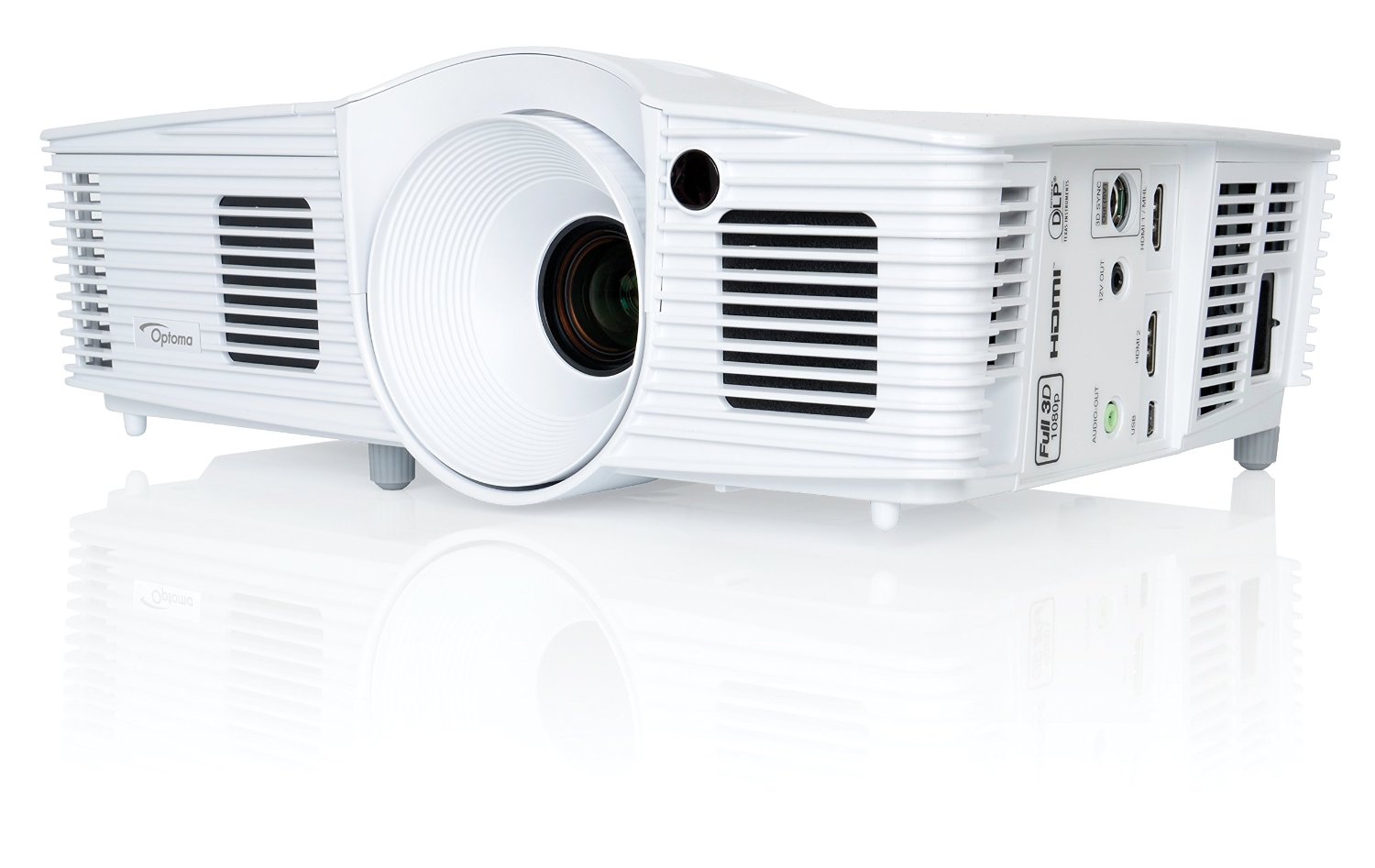
For starters, the Optoma HD26 is a capable all-around projector, delivering wonderful images in Cinema Mode for the home theater, while offering suitable brightness for the living room. Of course, as a budget option, the HD26 is a little light on features, but for the price, it’s an extremely useful option. It’s quickly become a favorite entry-level home theater/home entertainment projector. Here’s a look at the HD26’s spec sheet:
Optoma HD26: Best Features
It’s clear the HD26 is light on features, but it does include many features you’ll find in most budget projectors: HDMI connectivity, built-in audio, and Full HD 3D capabilities. Yet, there are two areas where the projector stands out compared to other sub-$1,000 projectors. These features include:
- Adjustable Image Settings: One main feature that’s absent from many budget projectors is the ability to adjust image pre-sets. And that’s one thing that sets the Optoma HD26 apart. This feature enables users to calibrate and customize their own image settings, which is particularly useful for users who tend to project many different types of content. For example, the user can create his own image pre-sets for sporting events or live TV, while adjusting the Cinema Mode settings for his home theater. What’s more, the projector has several different modes that can be used, including a Bright mode and Cinema mode. The Bright mode is ideal for sporting events, gaming and live TV in the living room – it doesn’t provide the best color, but it’s perfect for the living room. And in Cinema mode, the color performance gets a bit of a boost.
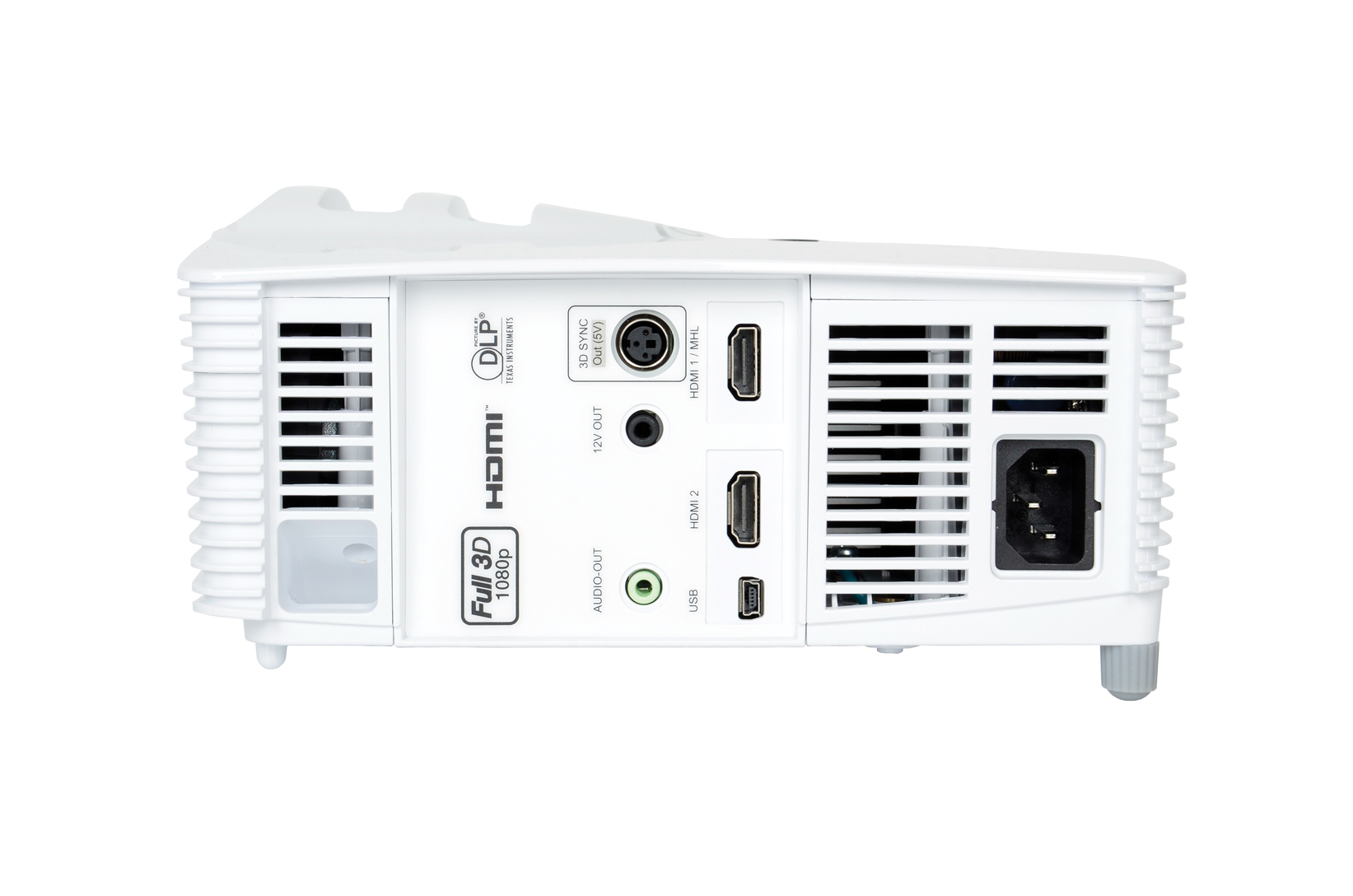
Optoma HD26 Rear Inputs - Super Long Lamp Life: Lamp life in standard operating mode is off the charts for the HD26. The projector achieves up to 5,000 hours at full power, which is far above average of about 3,000 to 4,000. Yet, users can get a big jump by optimizing the machine in Eco mode, which results in 6,500 hours of lamp life. Fortunately, the HD26’s replacement lamp is very affordable, starting around $200. It is also known as part number SP.8VH01GC01. Plus, the 190-watt bulb is very powerful, rated at 3,200 lumens in Bright mode. The output is optimized in Cinema mode, with an output of about 1,200 lumens.
Other Features of the HD26
Aside from these two areas, the HD26 offers some pretty standard features for a budget projector. It’s rated up to 3,200 lumens of brightness, with a contrast ratio of 25,000:1. And it delivers Full HD video (1920×1080) in the 16:9 aspect ratio.
Some features that users will definitely like include its dual HDMI ports, one of which is MHL enabled. That means you can connect to a variety of sources, including a cable box, Blu-ray player or other HDMI device, as well as stream live video from Roku or Chromecast. Finally, the projector is super lightweight, weighing just 5.5 pounds, making it a super portable projector. But with limited zoom and no lens shift, it’s not always easy to calibrate the machine in new environments.
Overall, the HD26 does exactly what an entry-level projector should do. It provides above-average imaging with only the most useful features, including dual HDMI ports and MHL capabilities. And although it certainly doesn’t compare to higher-end projectors in terms of image quality or feature set, the HD26 is one of the best values in the 1080p home theater class.
